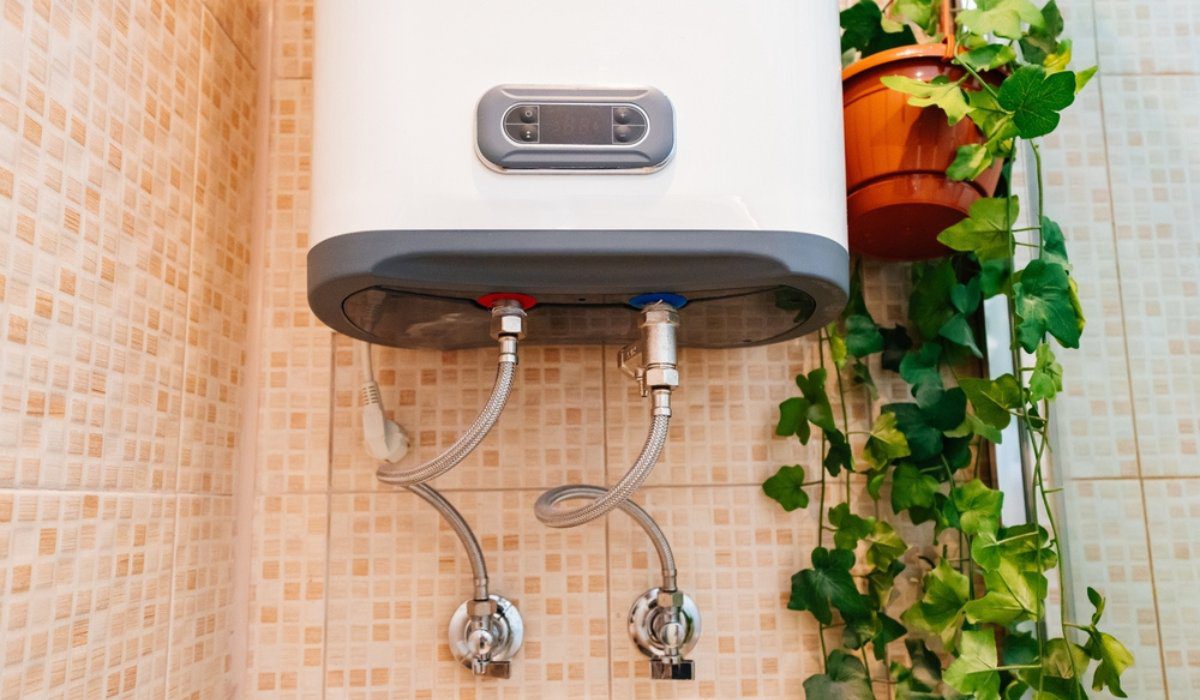Maintaining Your Home's Hot Water System: Essential Tips
Maintaining Your Home's Hot Water System: Essential Tips
Blog Article
The article author is making a number of great pointers related to Tips For Maintaining Your Hot Water Heater overall in the article underneath.

Hot water is crucial for day-to-day comfort, whether it's for a revitalizing shower or washing recipes. To ensure your hot water system runs successfully and lasts longer, regular upkeep is essential. This post provides useful pointers and insights on just how to keep your home's hot water system to stay clear of interruptions and costly repair services.
Introduction
Keeping your home's hot water system could seem daunting, yet with a few straightforward steps, you can guarantee it operates efficiently for many years to find. This guide covers whatever from understanding your warm water system to DIY maintenance tips and knowing when to employ specialist help.
Value of Preserving Your Warm Water System
Regular upkeep not only extends the life-span of your hot water system yet likewise ensures it runs efficiently. Disregarding upkeep can lead to reduced efficiency, greater energy expenses, and even early failure of the system.
Indicators Your Hot Water System Demands Maintenance
Understanding when your warm water system needs interest can protect against major problems. Keep an eye out for signs such as inconsistent water temperature level, strange noises from the heating system, or corroded water.
Understanding Your Hot Water System
Before diving right into upkeep tasks, it's valuable to recognize the standard components of your hot water system. Normally, this consists of the water heater itself, pipes, anode poles, and temperature controls.
Regular Monthly Maintenance Tasks
Routine month-to-month checks can help catch small issues prior to they rise.
Flushing the Hot Water Heater
Purging your water heater eliminates debris buildup, enhancing performance and prolonging its life.
Monitoring and Replacing Anode Rods
Anode rods stop deterioration inside the tank. Checking and changing them when broken is essential.
Checking and Readjusting Temperature Settings
Changing the temperature level settings guarantees ideal efficiency and safety and security.
DIY Tips for Maintenance
You can do numerous upkeep jobs on your own to keep your hot water system in top problem.
Looking for Leaks
Routinely check pipelines and links for leakages, as these can lead to water damage and higher bills.
Evaluating Pressure Relief Valves
Testing the stress safety valve ensures it works correctly and avoids excessive pressure build-up.
Shielding Pipelines
Protecting hot water pipes reduces heat loss and can conserve power.
When to Call an Expert
While DIY upkeep is valuable, some concerns need expert knowledge.
Complex Problems Requiring Specialist Aid
Instances consist of significant leaks, electrical troubles, or if your water heater is consistently underperforming.
Regular Expert Maintenance Advantages
Professional maintenance can include thorough examinations, tune-ups, and making certain conformity with security requirements.
Conclusion
Regular maintenance of your home's warm water system is vital for effectiveness, longevity, and cost financial savings. By following these pointers and recognizing when to seek professional aid, you can ensure a dependable supply of hot water without unanticipated disturbances.
How to Maintain an Instant Hot Water Heater
Before tinkering with your hot water heater, make sure that it’s not powered on. You also have to turn off the main circuit breaker and shut off the main gas line to prevent accidents. Also turn off the water valves connected to your unit to prevent water from flowing into and out of the appliance. 2. When you’re done, you have to detach the purge valves’ caps. These look like the letter “T†and are situated on either side of the water valves. Doing so will release any pressure that has accumulated inside the valves while at the same time avoid hot water from shooting out and burning your skin. 3. When the purge valves’ caps are removed, you have to connect your hosing lines to the valves. Your unit should have come with three hoses but if it didn’t, you can purchase these things from any hardware or home repair shops. You can also get them from retail stores that sell water heating systems. Read the user’s manual and follow it to complete this task properly. When the hosing lines are connected, open the purge port’s valves. 4. You should never use harsh chemical cleaners or solutions when cleaning your unit. Make use of white vinegar instead. It should be undiluted and you’ll probably use about 2 gallons. 5. Now flush your water heater. This task should probably take about 40 minutes. We can’t give you specific directions for this because the procedure is carried out depending on the type, model and brand of your heater. With that being said, refer to the user’s manual. 6. When you’re done draining the unit, you have to turn off the purge port valves again. Remove the hosing lines that you earlier installed on each of the water valves. Put the valve caps (purge port) back in their respective places and be very careful so as not to damage the rubber discs that are found inside these caps. 7. Now that everything’s back in place, check your user’s manual again to find out how to reactivate your water heating system. 8. Once it is working, turn one of your hot water faucets on just to let air pass through the heater’s water supply pipes. Leave the tap on until water flows smoothly out of it. https://www.orrplumbing.com/blog/2014/september/how-to-maintain-an-instant-hot-water-heater/

As an avid person who reads about Tips For Maintaining Your Hot Water Heater, I thought sharing that blog post was smart. So long as you enjoyed our blog post please be sure to pass it around. I treasure reading our article about Water Heater Maintenance Tips You Can't Afford to Forget.
Click Here Report this page